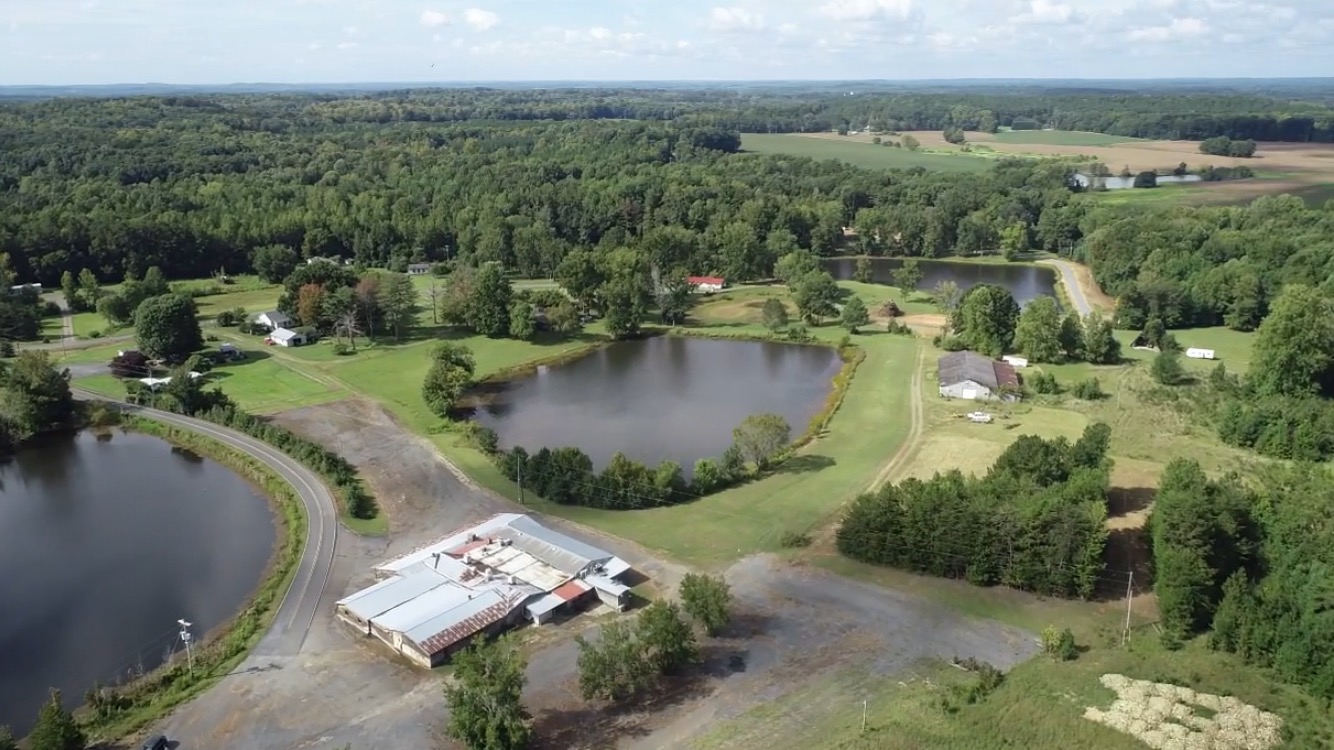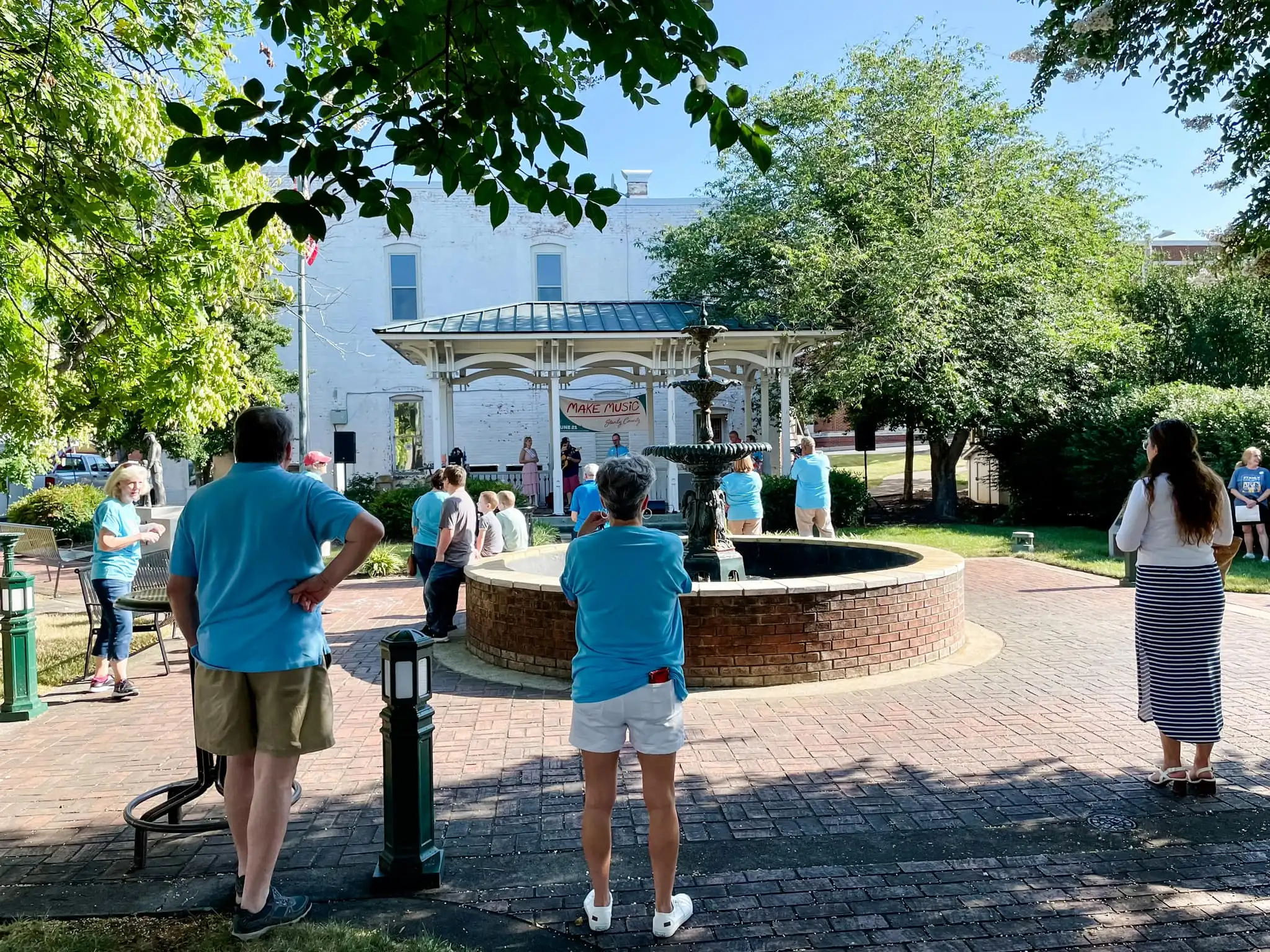DG MARTIN COLUMN: North Carolina in the 1950s
Published 4:16 pm Tuesday, March 28, 2023
|
Getting your Trinity Audio player ready...
|
Phillip Gerard’s latest book, “North Carolina in the 1950s: the decade in motion,” came out in early March.
That might sound impossible because Gerard died last year on Nov. 7. But Gerard had already written the book’s text as part of a series of articles in Our State Magazine.

D.G. Martin
Those articles are the basis of a new series of books published by Blair/Carolina Wren Press that will follow North Carolina through the decades.
The new book opens with a chapter titled “Seabreeze: rhythm and beach music.” The great beach music, so celebrated by whites, came from Blacks who were segregated into a few beaches just for Blacks. The music crossed all racial boundaries.
Gerard reminds us about North Carolina’s love affair with cars in the 1950s. His chapter, “Fast food and flicks-the drive-in craze,” takes readers back to when a trip to a drive-in theater was the most popular family treat.
Of course, stock car racing gave evidence to North Carolinians’ growing love affair with the automobile.
Railroad travel was still important in the 1950s, but Gerard sadly reminds us that in 1968, “the last passenger train pulls out of Wilmington, and a way of life disappears down the tracks.”
In 1955, WUNC- TV begins showing a test pattern and then providing the basis for a television network that serves the entire state. New UNC president William Friday begins 30 years of service that includes a “one-on-one interview show that takes full advantage of his warmth, frankness, encyclopedic knowledge of the state, and his talent for putting his guest at ease.”
In 1952 Hugh McRae Morton inherits Grandfather Mountain and its 4,500-acre surroundings. A born promoter and facilitator, he transforms the mountain into a popular tourist attraction.
Gerard describes how four North Carolina A&T students sat down at Greensboro’s Woolworth’s whites-only lunch counter, noting their quiet courage.
Meanwhile, over in Winston-Salem Tom Davis founded Piedmont Airlines. “From 1948 until 1989, when it is acquired by USAir and launches its last flight as Piedmont, it suffers just four major crashes. To the finish, the airline started by Tom Davis retains the stubborn loyalty of its employees and passengers.”
Gerard details the struggle of the Lumbee Indian Tribe for recognition, including the legendary battle between a group of Lumbees and a swarm of Klansmen. Gerard writes, “Not only have the Lumbee routed the Klan — they have turned it into an object of ridicule.”
Perhaps the most transformative event of the 1950s was establishment of the Research Triangle Park. Today it seems so natural that a group of high-tech businesses would find a home in an area near three research universities.
But the story of the Research Park is a complicated one. There are many heroes. Howard Odum, an academic, envisions a research institute. Romeo Guest, a businessman, envisions “a pragmatic engine for promoting business growth and coins the magic term: “Research Triangle.”
Guest met regularly with the business leaders who were key: Wachovia Bank’s Robert Hanes and Archie Davis and the state’s governor, Luther Hodges, whose contacts and tenacity were critical. The group of boosters bought 4,000 acres between Raleigh and Durham for just $175 an acre.
The story of the state’s wonderful art museum might never had happened if the state’s arts commission had not hired Wilhelm Reinhold Valentiner in 1955 to be the first director of the North Carolina Museum of Art.
Gerard concludes with a chapter on Gov. Kerr Scott, “a devoted Presbyterian, a lifelong student of the Bible and also a pragmatist with vision, who can see not just an ideal future but also what is possible in the here and now. Politics is the art of the possible, and he is gifted with the ability to make more things possible.”
Like Scott, Gerard took on a seemingly impossible task, that of telling the story of North Carolina in the 1950s in a very small book. Maybe he did not accomplish the impossible, but he surely left this reader knowing a lot more than when he started.
NOTE: Philip Gerard, who died Nov. 7, was one of North Carolina’s most productive and multitalented writers, producing engaging fiction and stimulation non-fiction. At UNC-Wilmington, he was a popular and effective teacher. In writing the Decades series, he often used the present tense to describe past actions. In a few cases, to avoid confusion I have adjusted the tenses in quoted language.
D.G. Martin, a retired lawyer, served as UNC-System’s vice president for public affairs and hosted PBS-NC’s “North Carolina Bookwatch.”






